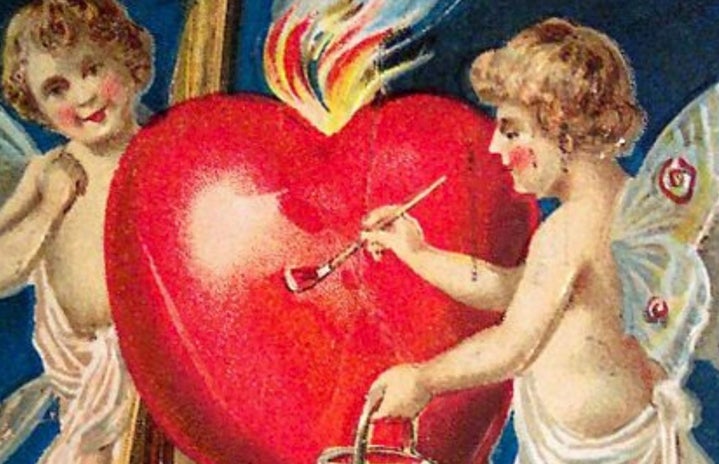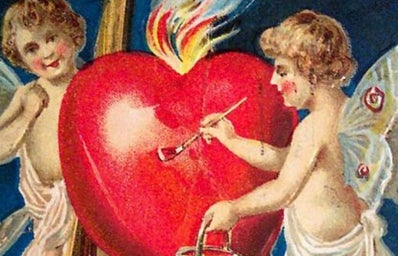Valentine’s Day has ended up becoming a very polarizing holiday. Some argue that it is a sweet and romantic holiday where you are given the opportunity to show someone how much you love and appreciate them. Others argue that it has become a capitalistic scheme that encourages consumption. Whatever side you’re on, there is actually a deep history associated with Valentine’s Day. Although there is no concrete indicator to where and when Valentine’s Day originally began, there are many theories.
The Origins of Valentine’s Day
Lupercalia
One major theory about the origins of Valentine’s Day dates back to ancient Rome. Lupercalia was a pagan festival that was celebrated on February 15.
Lupercalia was dedicated to Faunas, the Roman god of agriculture, and the events that took place at this festival were very gruesome and violent.
The festival began with animal sacrifices: male goats, for fertility; a dog, for purification. These sacrifices were performed by Roman priests, called Luperci. After the sacrifice, the feasting began.
After feasting, Luperci stripped naked (or close to it) and cut long strips of the goat skin, known as “thongs”, and whipped the women at the festival. It is said that the women at the festival actually enjoyed this ritual because they believed that it made them more fertile.
The eligible bachelors at the festival would choose a woman’s name from a large urn and the two would couple up and were to remain together until the following year’s festival. Many of these couples fell in love and got married.
Lupercalia became outlawed in the 5th century because it was not reflective of the Christian faith.
This twisted and rather brutal festival is loosely tied to early days of courtship and matchmaking. This, combined with the date of the festival, provide a solid ground for supporting the theory on the origins of Valentine’s Day.
St. Valentine
Another common (and quite reasonable, given the name) theory is that Valentine’s Day originated from the acts of St. Valentine.
St. Valentine was actually one of many St. Valentines. The one I focused my research on was St. Valentine Berrio-
Ochoa, who was a priest from the Dominican order from Ellorio, Spain.
During St. Valentine’s priesthood, Roman Emperor Claudius II banned young men from marrying because he thought it made them inadequate soldiers.
St. Valentine found this ruling to be rather unfair, so he continued to marry lovers in secret. He was eventually put to death for doing so.
St. Valentine is not only the patron saint of courtly love, he is also the patron saint of beekeeping and epilepsy.
Other V-Day History
Here are some other nuggets of info that I thought were interesting when looking at the formation of this lovely holiday!
- The date of Valentine’s Day was officially declared February 14th by Pope Gelasius in the 5th century
- It was a common belief that February 14 was the beginning of birds’ mating season
- Some believe that Valentine’s Day was started by port Geoffrey Chaucer. This theory is backed by a line about courtship and Valentine’s Day (spelled Valentyne’s) in one of his poems.
The poem referenced above was “Parliament of Foules”, written in 1375. The line reads ““For this was sent on Seynt Valentyne’s day / Whan every foul cometh ther to choose his mate,”
You can see how your typical Valentine’s Day plans might not align with the rituals at Lupercalia, and young men are no longer banned from marriage, but these themes of love and courtship have definitely guided our culture to the holiday we celebrate today.


